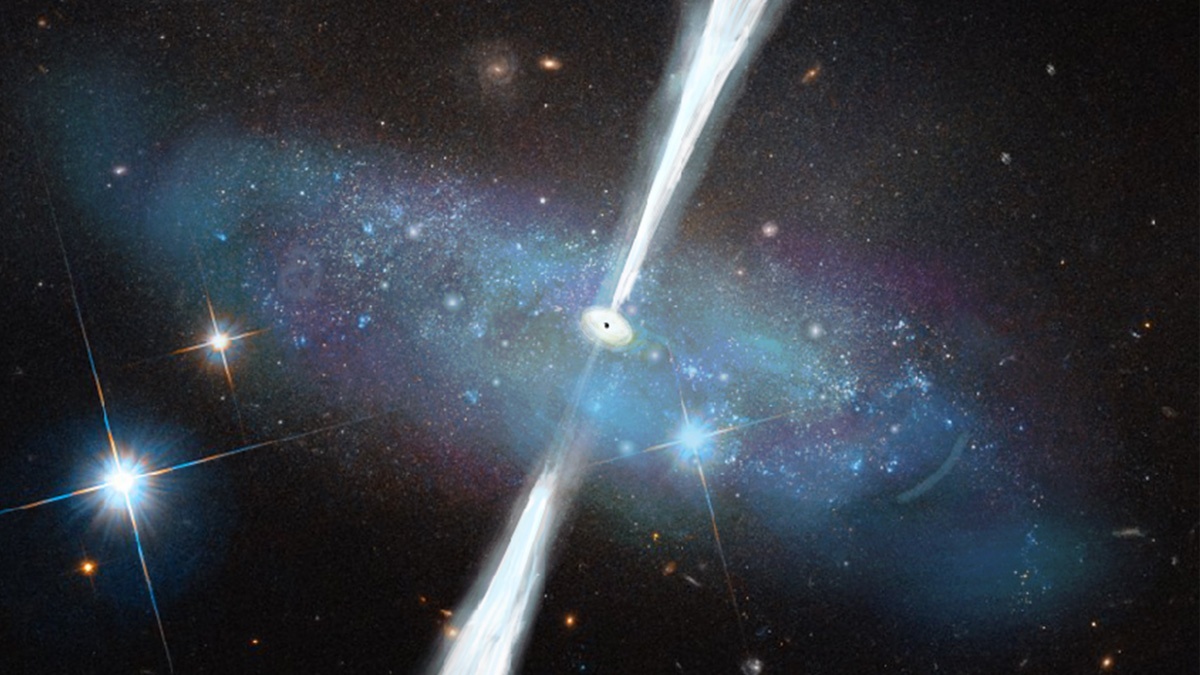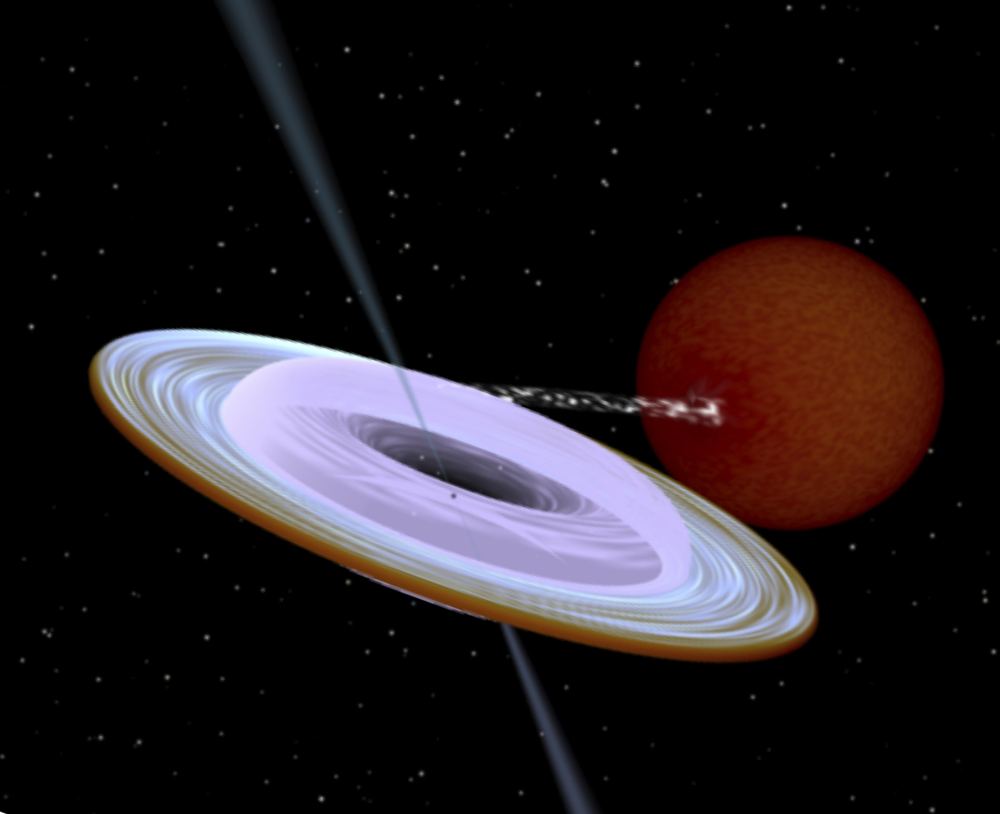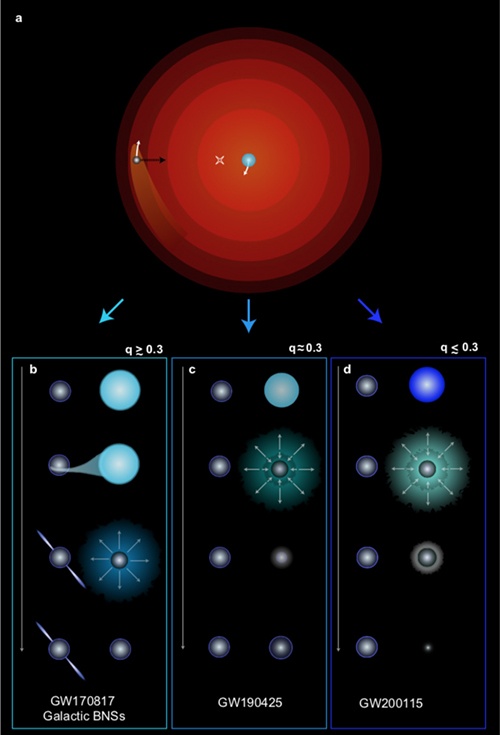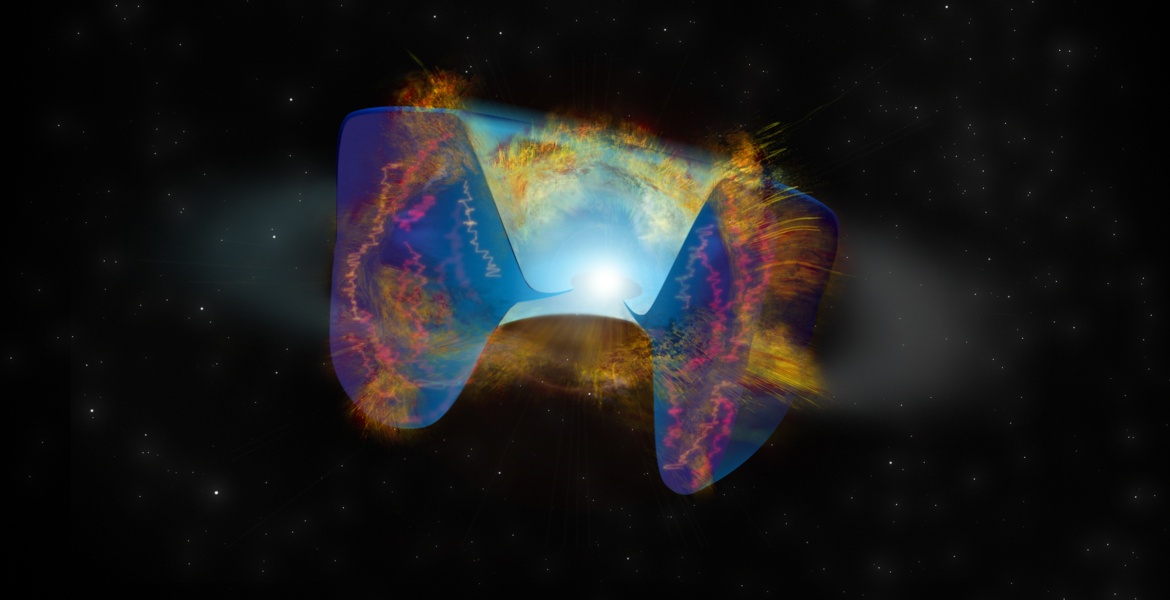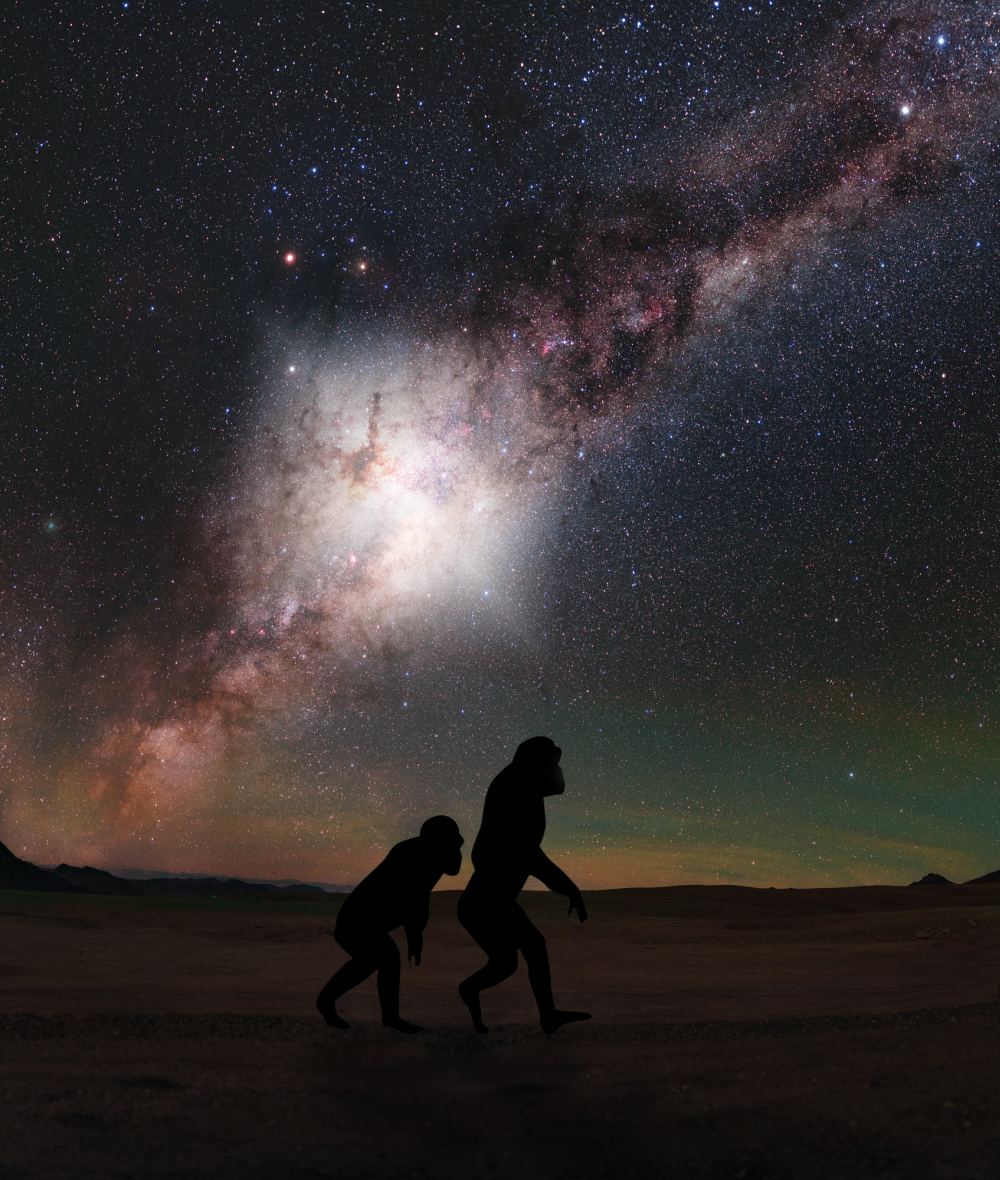We all know that a humongous black hole exists at the center of our galaxy. It’s called Sagittarius A* (Sgr A* for short) and it has the mass of 4 million suns. We’ve got to see a radio image of it a few weeks back, showing its accretion disk. So, we know it’s there. Astronomers can chart its actions as it gobbles up matter occasionally and they can see how it affects nearby stars. What astronomers are still trying to understand is how Sgr A* formed.
Continue reading “The Building Blocks for Supermassive Black Holes are Found in Dwarf Galaxies”The Building Blocks for Supermassive Black Holes are Found in Dwarf Galaxies
